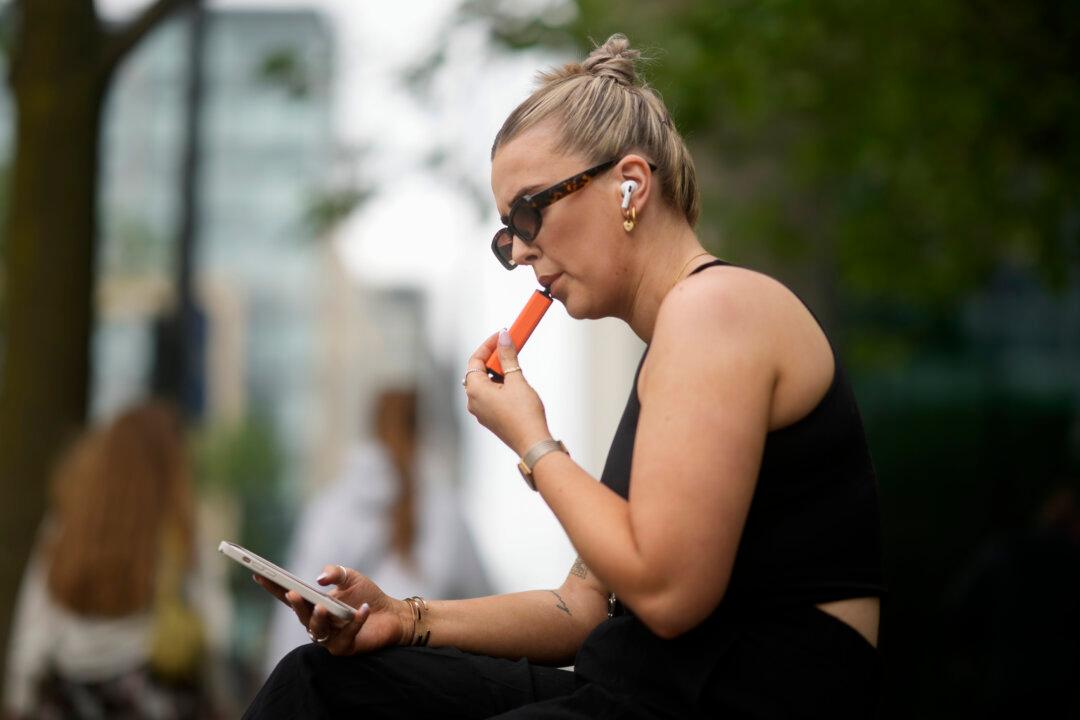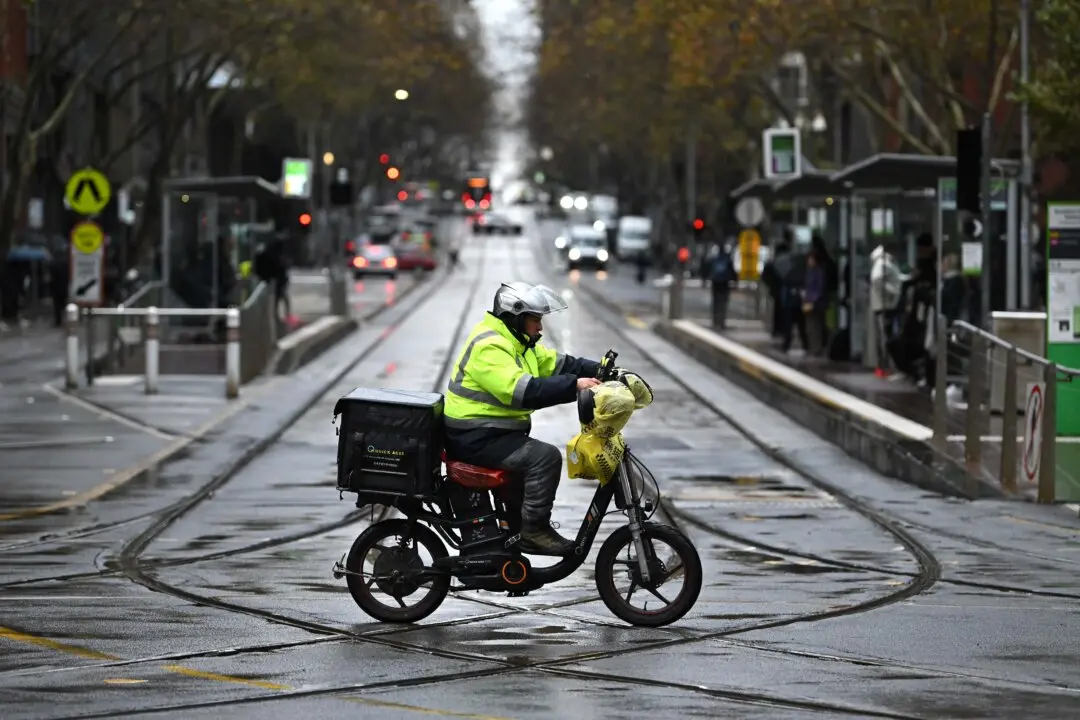Vaping use in Australia almost tripled since 2019, with the usage rising five-fold among young people, according to a national drug strategy household survey of 21,000 people.
The Australian Institute of Health and Welfare (AIHW) report (pdf) showed vaping and e-cigarette use soared from 2.5 percent in 2019 to 7 percent in 2022 and 2023.





